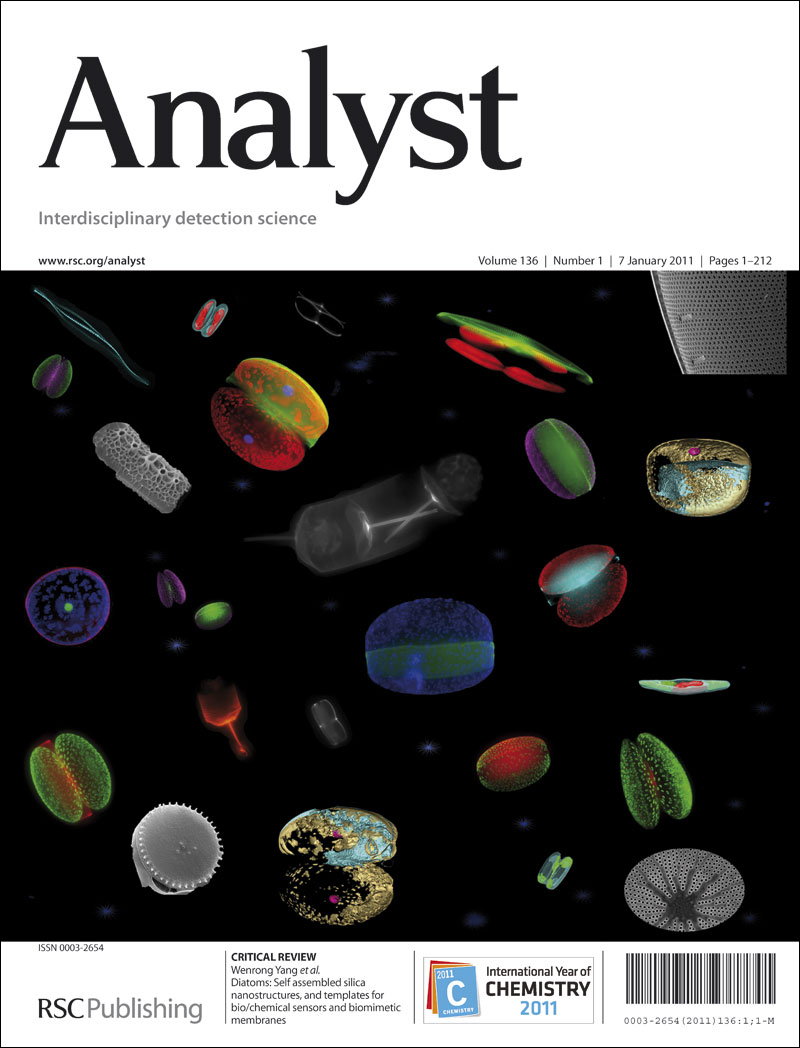动态切换质谱法快速检测甲板减压室多种气体混合物及有害气体去除效率评价
IF 3.6
3区 化学
Q2 CHEMISTRY, ANALYTICAL
引用次数: 0
摘要
甲板减压室(DDC)内的多种气体混合物是潜水员适应高压环境并在饱和潜水作业后安全减压的维持生命的介质。然而,由于气体成分复杂,浓度范围广,目前还没有一种技术可以快速检测出DDC中所有的多种气体。在这项研究中,我们建立了光致化学电离(pCI)和电子冲击(EI)动态切换质谱法。应用该技术研究了压力为0.13 MPa、0.6 MPa和1.5 MPa时DDC内呼吸气体的空间分布均匀性,以及压力为1.5 MPa时有毒气体的去除效率。pCI/EI动态切换质谱法的切换稳定时间为30 s/圈,最佳检测性能指标包括:检测限低至0.58 ppb (H₂s),最快响应时间为2 s (CO₂和H₂s),灵敏度高达62.97个/ H₂s,总体浓度检测范围为1.0×10 - 1 ppb - 4.5×10 - v/v(45%),涵盖了所有目标气体的检测要求。在3个压力水平下,DDC内O2空间分布均匀性分别为0.34%、0.21%和0.08%,达到均匀分布所需时间分别为5 min、3 min和1 min。CO2的空间分布均匀性为0.62%、1.61%和1.30%,分别在10 min、7 min和5 min达到均匀分布。对CO2、CH4、NH3和H2S等有害气体的去除率分别为39.57%、10.75%、14.29%和3.96%。在高压条件下,O2和CO2在DDC内迅速均匀分布。pCI/EI动态切换质谱技术为DDC等封闭腔室中的多组分气体提供了一种快速检测方法。该技术对参与潜艇救援、沉船打捞、水下建设和深海海洋资源勘探的人员的生命保障和操作效率具有重要意义。本文章由计算机程序翻译,如有差异,请以英文原文为准。
Rapid Detection of Multiple Gas Mixtures and Evaluation of Harmful Gas Removal Efficiency in Deck Decompression Chamber Using Dynamic Switching Mass Spectrometry
The multiple gas mixtures in the deck depression chamber (DDC) serves as a life-sustaining medium for divers to adapt to high-pressure environments and to safely decompress after saturation diving operations. However, due to the complexity of the gas composition and the wide concentration range, there is currently no technique that can rapidly detect all multiple gases in the DDC. In this study, we developed a photoinduced chemical ionization (pCI) and electron impact (EI) dynamic switching mass spectrometry. This technique was applied to investigate the spatial distribution uniformity of respiratory gases within the DDC at pressures of 0.13 MPa, 0.6 MPa, and 1.5 MPa, as well as the removal efficiency of toxic gases at 1.5 MPa. The switching stability time of the pCI/EI dynamic switching mass spectrometry was 30 s/circle, with optimal detection performance metrics including: detection limit down to 0.58 ppb (H₂S), fastest response time of 2 s (for CO₂ and H₂S), sensitivity up to 62.97 counts/ppb (H₂S), and an overall concentration detection range spanning from 1.0×10⁻⁹ v/v (1 ppb) to 4.5×10⁻¹ v/v (45%), covering the requirements for all target gases. At the three pressure levels, the spatial distribution uniformity of O2 in the DDC was 0.34%, 0.21%, and 0.08%, with the time to reach uniform distribution being 5 min, 3 min, and 1 min, respectively. For CO2, the spatial distribution uniformity was 0.62%, 1.61%, and 1.30%, with uniform distribution achieved in 10 min, 7 min, and 5 min, respectively. The removal efficiencies for harmful gases such as CO2, CH4, NH3, and H2S were 39.57%, 10.75%, 14.29%, and 3.96%, respectively. Under high-pressure conditions, O2 and CO2 rapidly achieved uniform distribution within the DDC. The pCI/EI dynamic switching mass spectrometry technology provides a rapid detection method for multicomponent gases in enclosed chambers like the DDC. This technology holds significant implications for the life support and operational efficiency of personnel involved in submarine rescue, shipwreck salvage, underwater construction, and deep-sea exploration of marine resources.
求助全文
通过发布文献求助,成功后即可免费获取论文全文。
去求助
来源期刊

Analyst
化学-分析化学
CiteScore
7.80
自引率
4.80%
发文量
636
审稿时长
1.9 months
期刊介绍:
"Analyst" journal is the home of premier fundamental discoveries, inventions and applications in the analytical and bioanalytical sciences.
 求助内容:
求助内容: 应助结果提醒方式:
应助结果提醒方式:


